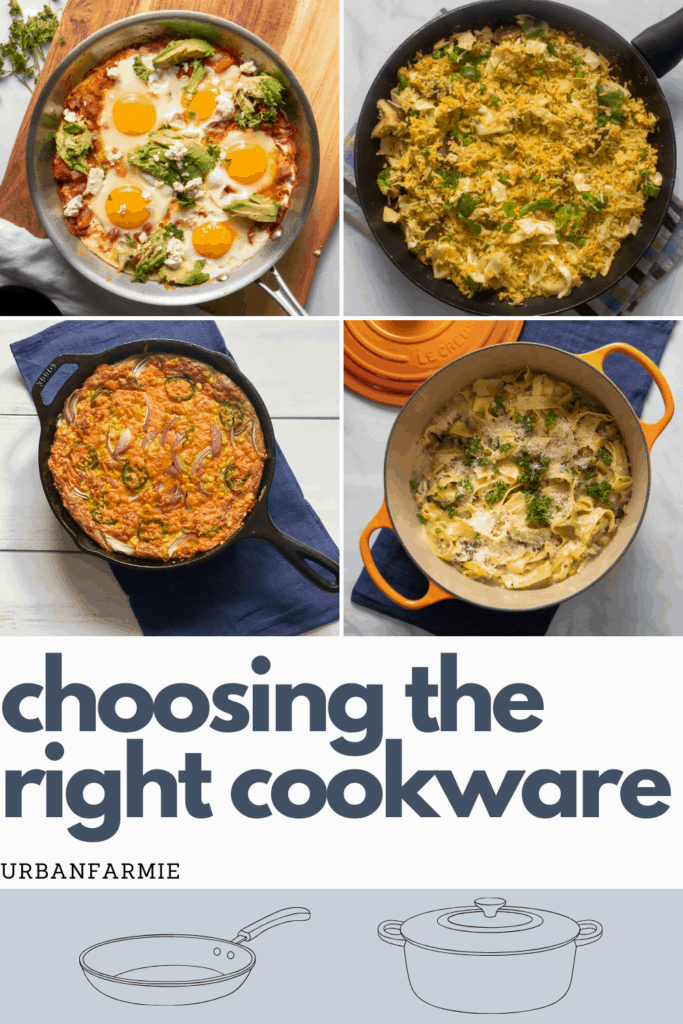
Most of my friends fall into one of two categories - the ones that have exactly one non-stick pan, and the ones that have enough pots, pans, and sauciers to feed a small army. For many in the former category, the idea of buying kitchen equipment is enough to dissuade them from cooking.
And I get it. Learning to cook is hard enough without investing a gazillion dollars on things you'll use once a year. But it doesn't have to be that way.
First, remember you don't need to do everything at once!
If you're moving into a new place, or ready to invest all at once, that's great! This post will outline everything you need to buy. But it's okay if you're not - just replace and build a collection of the right pots and pans over time. But in the meantime, you'll probably be able to make do with what you do have. As versatile as the KitchenAid stand mixers and Vitamixes may be, you don't need them to learn how to cook. So, this post is going to focus on just two things today:
- The materials that most cookware is made of
- The "types" of cookware you'll need to feed yourself and your family (and throw the occasional Thanksgiving party)
Materials
The material of a cooking vessel is probably the single most important thing when it comes to cooking. And different materials are good for different things. But thankfully, it's not complex if you on two critical questions.
How do they distribute heat, and retain heat? And what do we know about their durability, cost, and ease of maintenance?
Stainless steel is a terrible heat conductor - often leads to uneven cooking. But it retains heat pretty well and they’re the easiest to maintain. They don’t rust, last forever, and are fairly inexpensive.
Aluminum conducts and retains heat pretty well. Though inexpensive, aluminum pans tend to be heavy making them inconvenient to cook with.
Copper is similar to aluminum and conducts / retains heat extremely well but can be extremely expensive. Knock yourself out if you can afford it, but know that you need to cook with copper to create a delicious meal.
Tri-ply clad is the happy medium and the material that most pots and pans I've recommended are made of. Tri-ply clad vessels have a layer of aluminum in between two layers of stainless steel. This gives it near-perfect heat conduction and retention. Plus most are oven safe up to 500F, so they're really versatile. They tend to be a bit more expensive and “heavy” but also super durable.
Note: You want want tri-ply "clad" and not tri-ply base. The former wraps around the body, while the bottom is only the base.
Non-stick or anodized aluminum (essentially a non-stick type coating over aluminum) are both good conductors of heat. Anodized aluminum tends to be more expensive. Be extra cautious to not use a non-stick on high heat - you can risk the coating flaking off.
Cast iron probably has very uneven heat conduction but it is oven safe. However, it has to be “seasoned” so that food doesn’t stick to it; it heats somewhat unevenly if you don’t use a burner of the same size. Cast-iron is also considerably heavy, rusts easily if not used properly, and often requires special cleaning (and sometimes re-seasoning). Cast-iron is excellent for meals where you have to start on the stove and finish in the oven (similar to the tri-ply clad pots and pans) and when you need to cook something at relatively high temperatures (500F+) like deep frying.
Types of Cookware
As a consultant, I firmly believe in the 80-20 rule (i.e. that 80% of results come from 20% of resources). And cooking is no exception. So, I've put together a "hardware cheat" sheet with the top five things I recommend for every home cook. These are the pots and pans that I reach for the most in my kitchen. And they'll help you cook most recipes you'll ever want to cook without getting overwhelmed. As a bonus, even if you get all of them at once, you'll spend less than $200. Ka ching.
Note: I don’t accept sponsorship or get paid for any of my posts. So rest assured that everything in this post is written from my experience building a kitchen over the last decade.
Cookware set or individual ones?
If you added up the tri-ply pots and pans I recommended , you’ll end up at around $100. If you’re willing to invest another $50-150 to increase option value, I recommend the Tramontina tri-ply clad cookware set. It’s available in multiple configurations ($140 - 250). It also comes with a stainless steel dutch oven that can replace the enameled one recommended above. The cast-iron skillet and non-stick pan will have to be purchased separately.
1 - 12” Tri-Ply Skillet or "Frying Pan" ($60-75)
A 12” skillet is recommended by many experts as an ideal size for multiple functions. With a tri-ply skillet, you can saute or roast vegetables, braise meat (and put it in the oven) and reduce sauces. I own a Tramontina 12” skillet (“frying pan”) that I purchased as part of a set, and highly recommend. It works with induction cook tops, spreads heat evenly and costs a fraction of the All-Clad option.
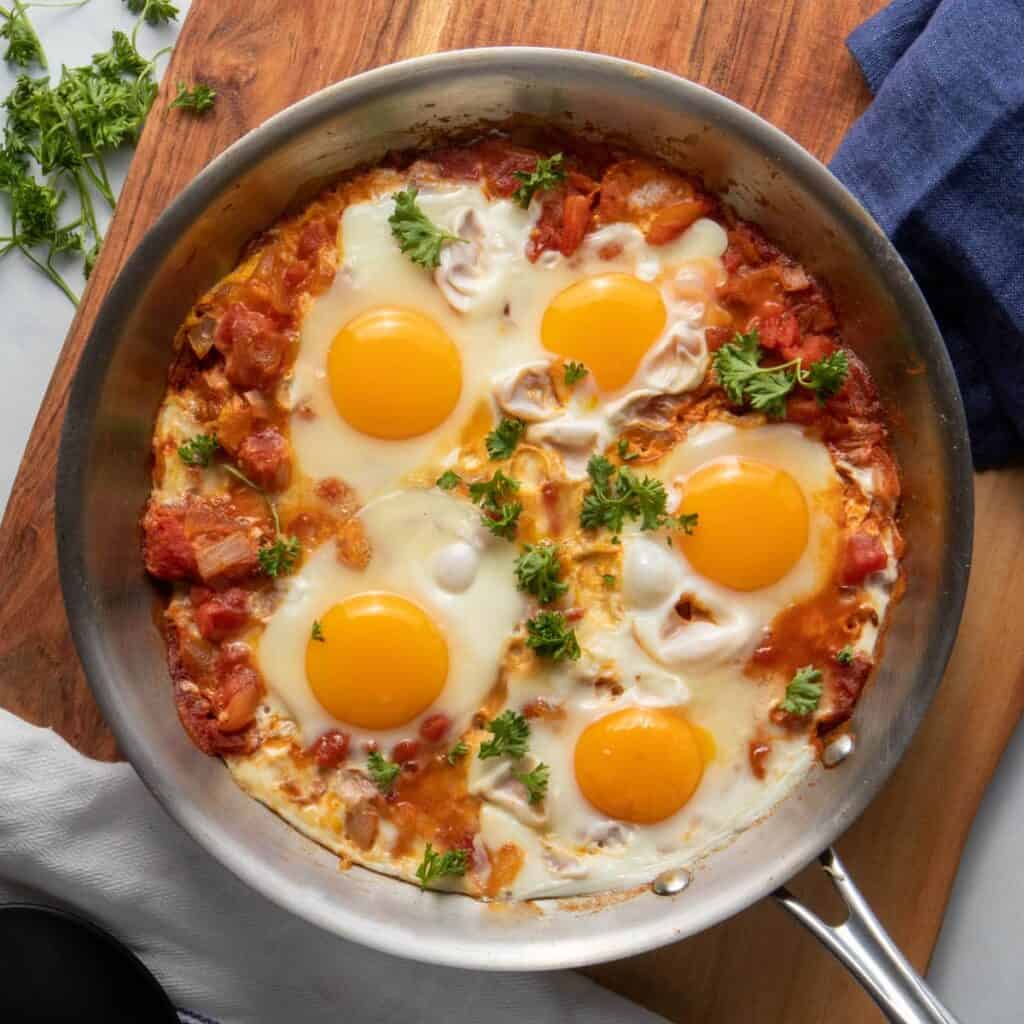
Optional: Though the skillet can reduce sauces, you might consider a 12” saucepan with a slanted side if you’re serious about cooking. Saucepans will allow you to whisk or mix sauces without “hitting” the sides. A Tramontina 12” slanted saucepan with a lid (or a "saucier") will cost you around $50.
2 - 10” Non-Stick Skillet ($25-60)
A good non-stick pan is absolutely essential for a quick breakfast, particularly if you like cooking eggs. Non-stick is great because you can cook stuff without worrying about needing to scrape it off the bottom. As a rule of thumb, they last 4 - 5 years with regular use - so you don't need something super expensive. At the same time, you should buy something with a good coating. Also remember not to use it past 500F (i.e. the high zone in your stove) or use metal on it.
I own a T-Fal 10” non-stick skillet and it’s perfectly functional. You can invest in an All-Clad if you like, but a $25-30 one does the trick just fine. This is great for making scrambled eggs, fried rice and other items when you need to cook real fast!
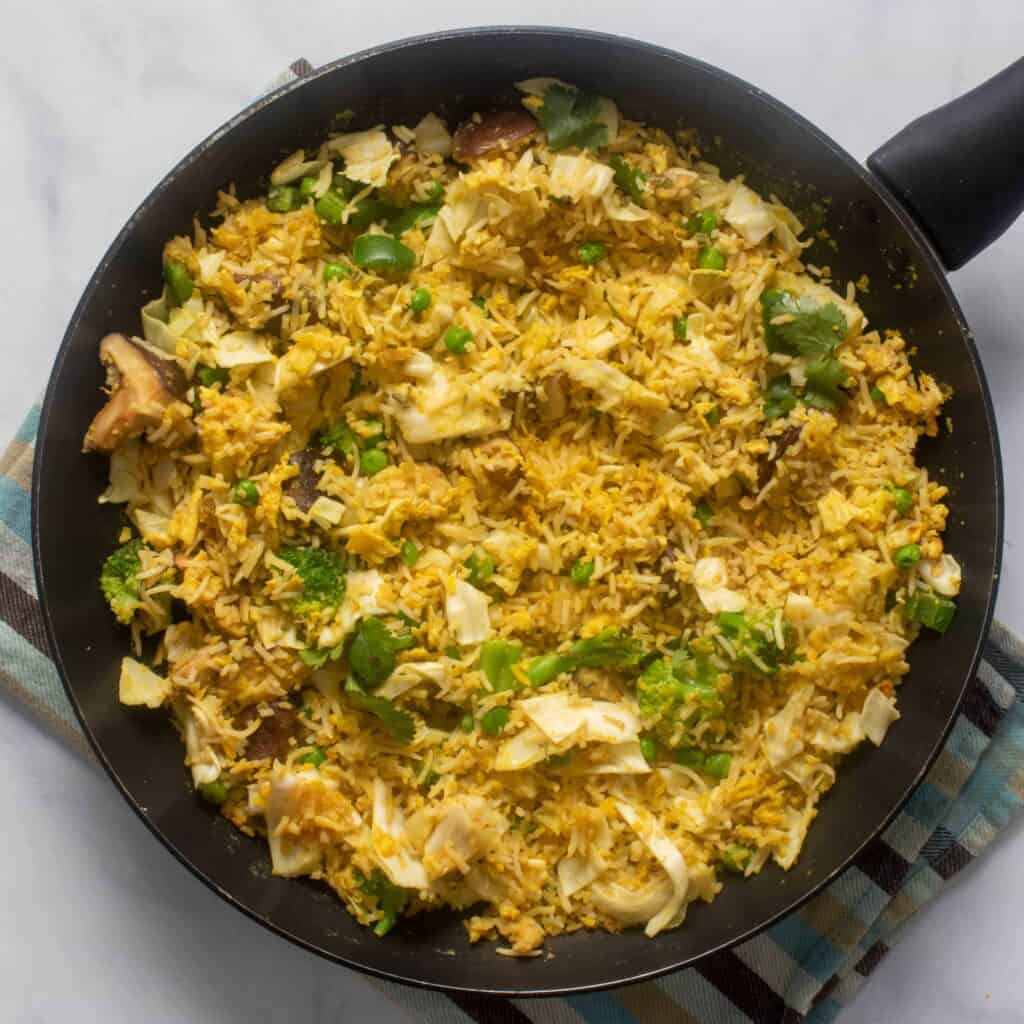
3 - 10” Cast Iron Skillet ($15-20)
I'm an unabashed cast-iron enthusiast, and I’ve owned the same Lodge 10” cast-iron skillet for most of my cooking life. Though a bit heavy, cast-iron skillets are incredibly versatile - especially if you’re only cooking for a few people regularly. I’ve made skillet cornbread, and seared steak for my carnivorous boyfriend more times than I can count. Highly recommend it.
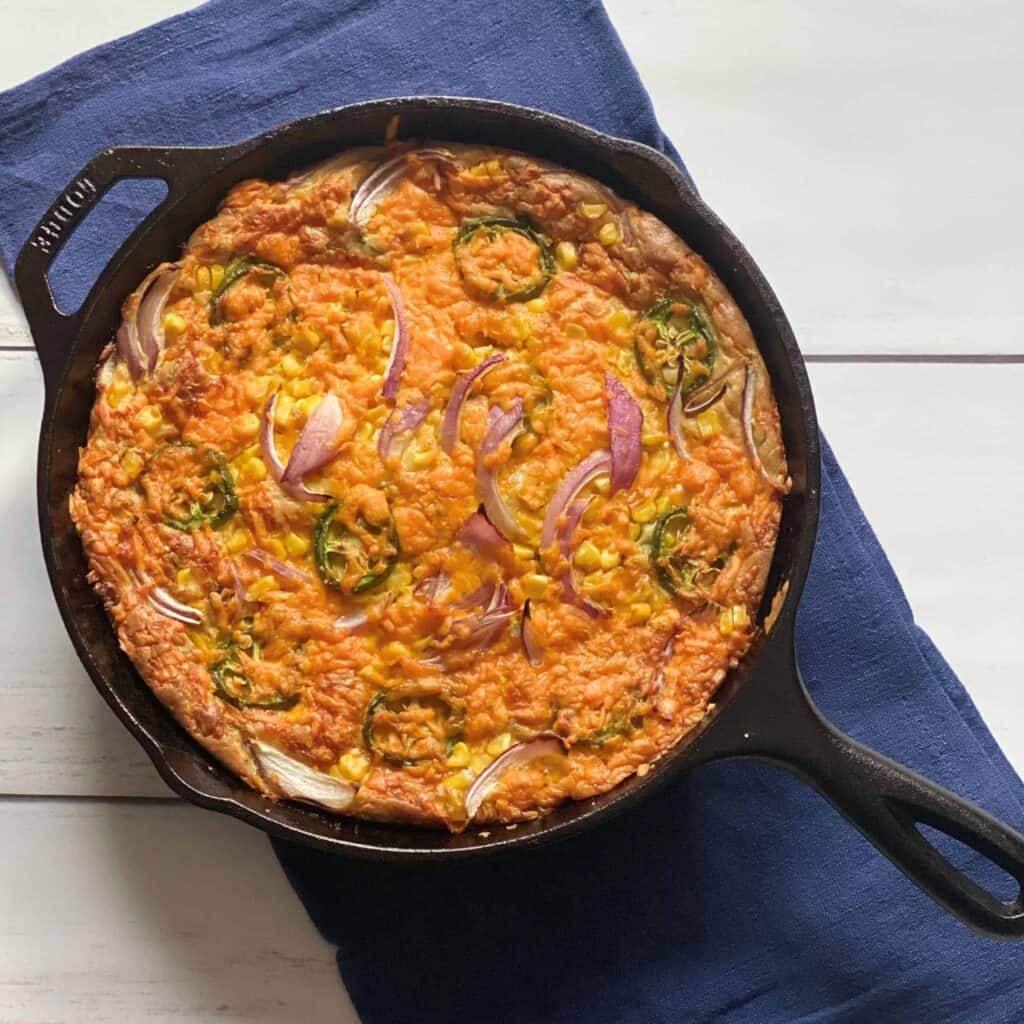
4 - Six Quart Enameled Dutch Oven
Every cooking show and food documentary has a beautifully enameled, brightly colored pot that everyone seems to cook everything in. Enter the versatile dutch oven (you’ll see a theme of versatility in this post).
A good dutch oven is a lifetime investment, and often handed off from generation to generation. It’s ideal for braising (if you have the time) or making sauces or really anything. The cast-iron enables it to be used in an oven as well. I own a Le Creuset I gifted myself when I bought a house (after all, nothing else marks adulthood more than a kitchen full of shiny things). Wirecutter recommends the Lodge dutch oven just as highly (though it might chip a bit upon use). I recently made my delicious leek and mushroom pasta in this Dutch oven, and loved it!
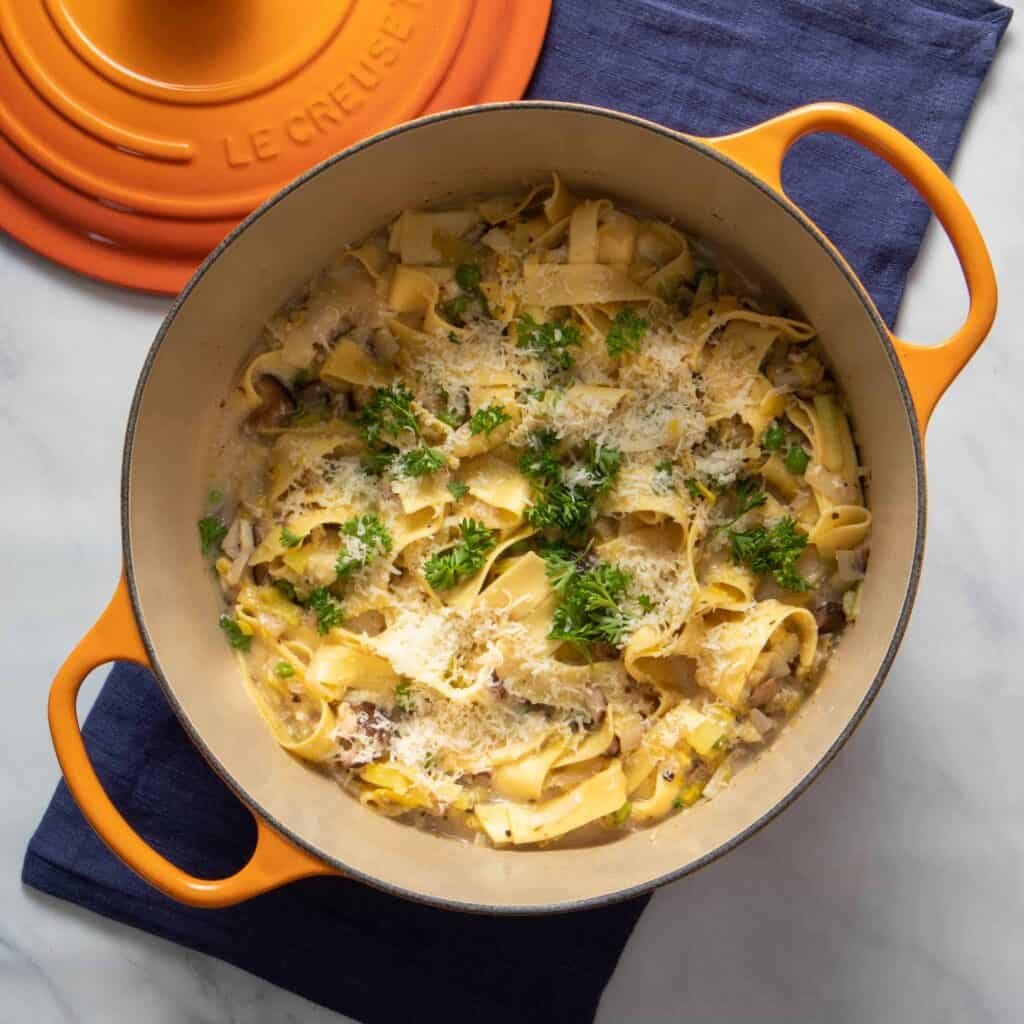
5 - Three Gallon Stock Pot ($25-60)
Stock pots are amazingly versatile - you can make a whole ton of pasta or a kickass broth. This is more of a workhorse in the kitchen, and often only used for boiling water. So there's no need to go fancy. I have a Tramontina Tri-Ply that I purchased as part of a set, but more on that below. You can also buy something similar off Amazon for under $50.
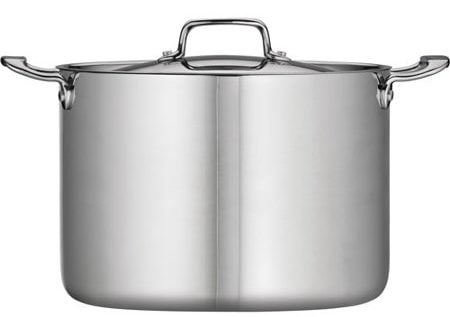
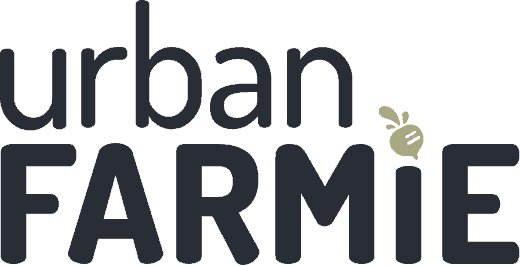









Comments
No Comments